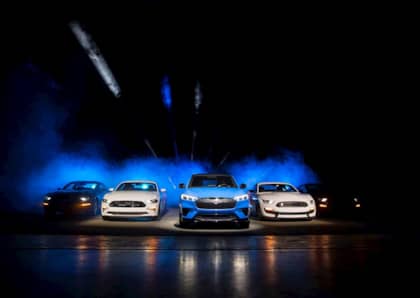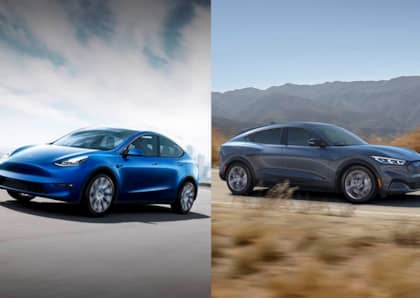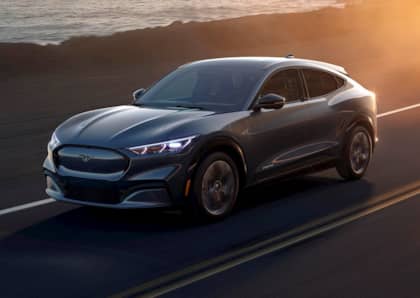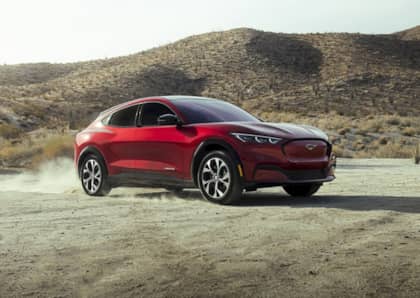Getting to Know the Ford Mustang Mach-E GT
Tesla’s Model S showed just how powerful electric motors can be on the road. They also showed us the big fat price tag that comes with them. Fast forward to 2019. Ford shows off its own hard-charging ecar, the Mustang Mach-E SUV crossover at the LA Auto Show. Boasting high performance, it lacks the Tesla Model S’s gut-punching $70-$90k price range. Even the priciest Mach-E starts at a comparatively modest $53k or so. That’s not exactly starving student pricing but it’s still twenty large (or more) cheaper. But if you’re a performance-oriented hellraiser, what can the Mach-E really do for you at that price?
In a word, lots.
The Ford Mustang Mach-E isn't the company's first foray into the world of electric propulsion. Back in the 1990s when I had hair, CARB conducted a big push toward zero-emission cars and trucks, like electrics. Auto makers responded in kind; Ford's entry was the Ranger EV. It was produced from 1998 to 2002; they weren't cheap, the NiMH batteries were pretty pricey and the 56-mile range between charges wasn't awesome, either. That said, a lot has happened in the last two decades and obviously e-car technology has improved a tad since then or else you'd not be reading this right now. The lessons learned from the Ranger EV and Focus Electric sired the Mustang Mach-E.
But while the earlier electric vehicles targeted fuel efficiency the Mach-E takes advantage of the gobs of glorious power electric motors have to offer. Most people don't care about a Ranger or Focus in the high performance department but the Mustang faithful are another animal entirely. The aggressive kind with teeth and claws that hunt other animals.
The Magnificent Seven
Just to show the world what they could do, Ford Performance and RTR took the Mach-E platform and created the Mach-E 1400.
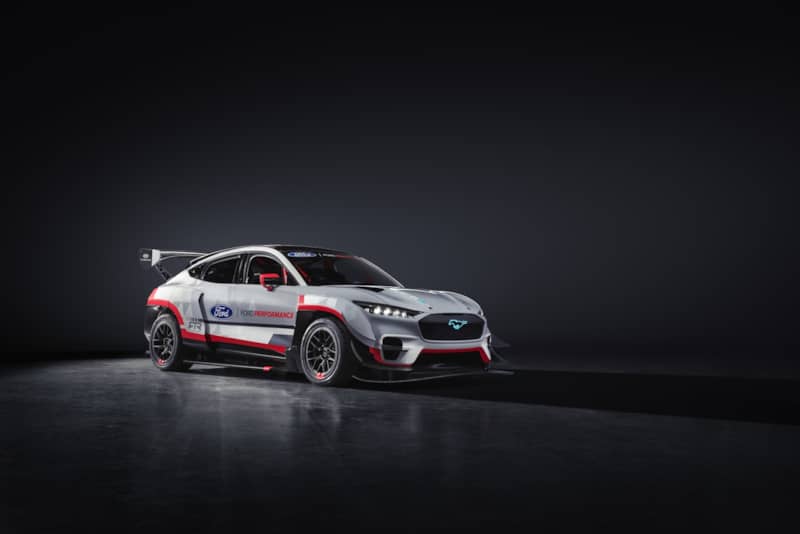
At the heart of this beast are seven electric motors: three up front, four at the rear, connected via a single driveshaft. Supplying up to 1400 horsepower, they give any racecar jockey gobs of ponies with which to play. The idea was to bridge the gap between consumer perception and racer reality in what electric motors are capable of doing. While that's a lot more power than the stock Mach-E GT (which has two motors and makes 342 hp and over 600 pound feet of torque), the point is made: you want power? Oh, yeah, we got that. How much you need? Ford says the GT variant goes 0-60 mph in the mid-3 second range, which is well into performance car territory.
Electric Slide
Not only do the consumer-oriented versions of the Mach-E make lots of power, they have programmable driving modes ranging from mild to wild: Whisper, Engage, and Unbridled.

Each is tailor tuned with custom-designed vehicle responsiveness for things like sporty steering depending on what you want to do. Ford had even more fun with the Mach-E 1400, giving it even more options for high-performance antics like drifting.
Two drive options are available for the Mach-E as well: all-wheel and rear wheel. The vehicle's all-wheel drive option sends torque independently to the front and rear axles, bringing much more acceleration to bear than its rear-wheel cousin and improved handling over it as well. On top of that, Ford underwent rigorous testing in wet and wintry road conditions in tuning the drive system as well.
Brake It Down
Gobs of power and an excellent drive system to deliver it are the basis for any high-performance car but without brakes and suspension at a high level, you're not getting the razor-sharp handling you deserve.
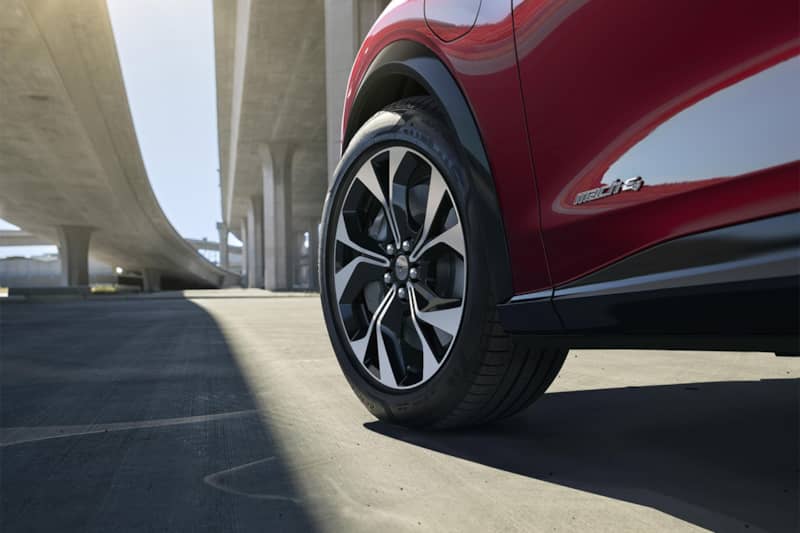
Ford didn't skimp here, either. Brembo’s all-new performance-oriented Flexira aluminium calipers are available with the Mustang Mach-E. They mate a fixed caliper's functionality with the dimensions of a floating one. For the 1400 version, adding in Nitto NT555 G2 high performance tires was a smart move, too. The high-performance tires pack features like reinforced shoulder treadblocks for improved cornering in wet and dry conditions, the NT555 G2 is just the performance-oriented rubber the Mach-E needs.
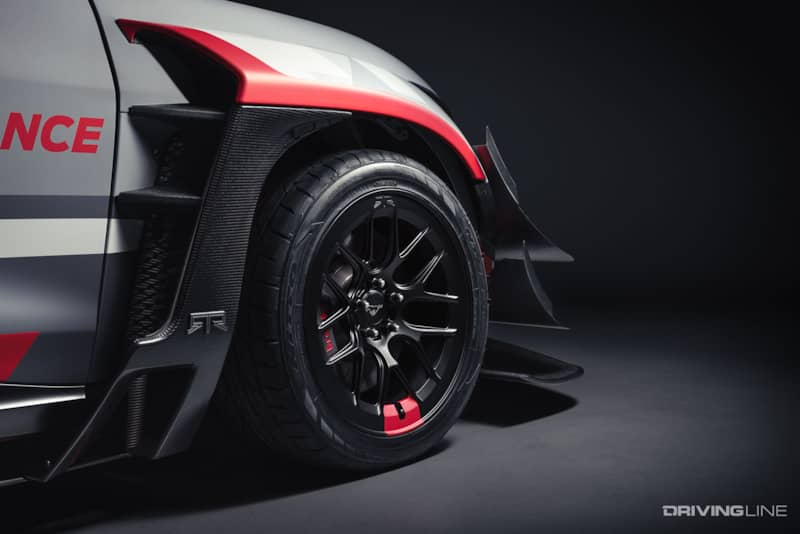
On the suspension side, the MagneRide damping system on the Mustang Mach-E GT won't disappoint performance drivers. Its adaptive suspension technology delivers confident handling and hugs close to the road.
Power Play
None of would be worth a damn if the Mustang Mach-E were limited to the 56-mile range of its Ranger EV ancestor.
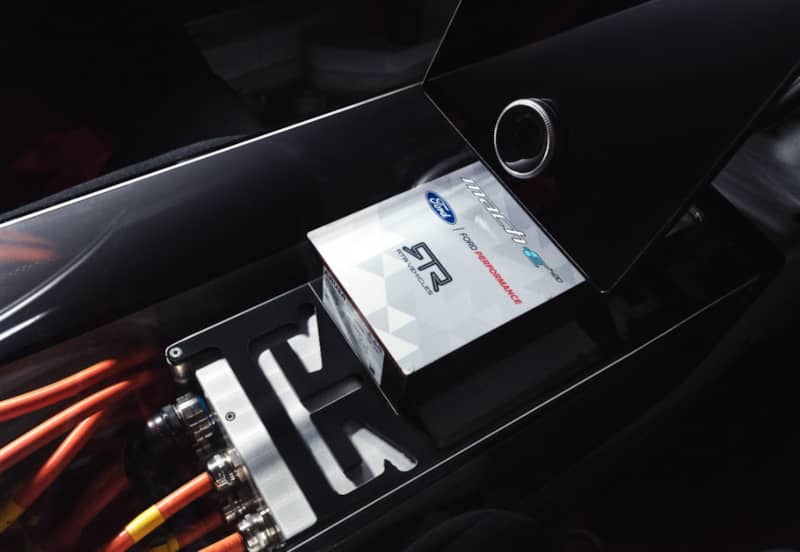
As we said earlier, a lot has changed in the EV world in the last two decades and battery range has been the biggest improvement. There are two battery options available for the Mach-E. A standard 75.7 kWh lithium-ion battery and an extended-range 98.8 kWh battery. The latter has a reported range of up to 370 miles with the rear-wheel drive package. Ford placed the battery between the two axles on the floor to make the most of the interior space while holding the Mach-E to a low center of gravity. Batteries ride in a waterproof case cradled in crash-absorptive shielding. Each battery makes use of an advanced active liquid heating and cooling system that regulates temps while optimizing performance in weather extremes. All of this means a good day on the street getting your drive on between plug ins.
Hawking their Wares
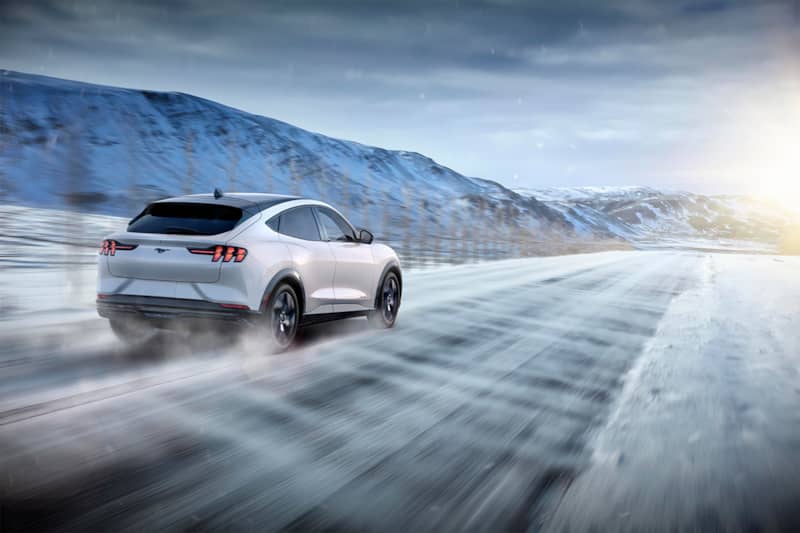
If you really want proof that the Mach-E is a real performer, though, take a look at how it stacks up against the Goliath of the Super SUV world, the Jeep Grand Cherokee Trackhawk. While the Ford's pony peak is 250 less than the Jeep's, consider this: the Mach-E GT is only 300 lbs heavier than a Dodge Hellcat and 550 lbs lighter than the Trackhawk. Weight is a heavy factor in performance; the more of it you carry, the more power you need to push it around.
The Ford Mustang Mach-E is part Mustang, part SUV crossover, and with numbers like these, definitely a worthy performer. At least, on paper. The real proof comes when it hits the street in 2021. So far, though, the prognosis is pretty damn good.




